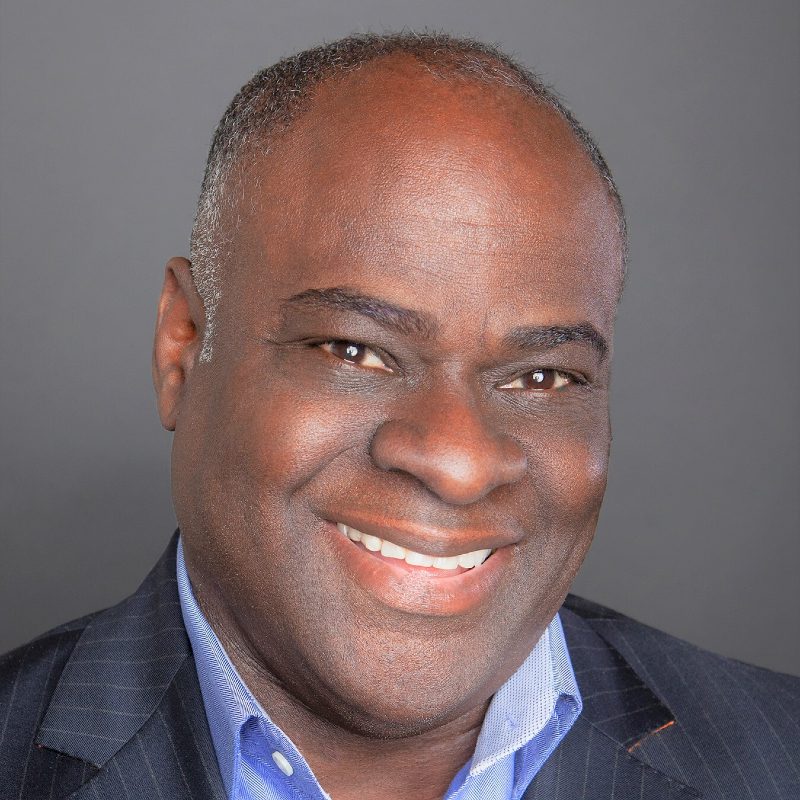D,E&I: Are we going to do it, or just talk about it?
Columnist William Wiggins knows action is a way off for some organizations, and that has to change.
Why You Should Care
Organizations should focus directly on who is represented in their workforce and who is included.
We're done talking - it's time for action.
Are we all about creating diversity, equity and inclusion (D,E&I), or are we about the theatre of diversity, equity and inclusion?
I’ve heard these words strung together so often by now that not only has the spirit of D,E&I been overshadowed the function of D,E&I, we blend the words ‘diversity, equity, and inclusion’ so readily that they are becoming synonymous and thus in danger of being reduced to a task on a checklist.
Without an understanding of these words as a part of our values, our mission and strategy, we are likely placing emphasis on the wrong efforts and suffering the consequences without even realizing it. By now we know that D,E&I likely is not likely to happen organically – it requires hard work, and strategy. D,E&I is not a ‘nice to have’, it’s essential.
Organizations should focus directly on who is represented in their workforce and who is included. However, diversity efforts should not be confused with creating an inclusive environment. An inclusive environment has more to do with what it means to an individual present in an organization or environment.
Organizations truly invested in diversity, equity and inclusion should not only be probing to determine what it means to individuals of marginalized groups to be ‘included” but also what ‘included’ means to their colleagues from dominant, advantaged, or privileged groups.
Second, organizations should be concerned with how underrepresented and marginalized employees view their participation in the organization and how their presence and contributions are received by others.
When considering how equity features into your organization, know that issues of equity are often the underlying causes for why we need diversity initiatives in the first place. Equity considerations can be difficult to address because they often relate to deep seeded structural – often intentional – systems of inequality which are difficult to dispel particularly wherever there are decision makers within the organization that benefit from them.
Equity initiatives should be focused more on changing the institutions of inequity rather than supporting individuals inside the company to endure despite them. Therefore, organizations who are not prepared to take on equity considerations will see little progress towards diversity.
When D,E&I fails to launch
Simply making a declaration that your organization fosters diversity, equity and inclusion or hiring someone to oversee your D,E&I initiatives will not be enough to make it a reality. Now more than ever, businesses are hiring Chief Diversity Officers.
While the increase in D,E&I-focused leadership sounds encouraging, many organizations have experienced a decrease in diversity hiring, as well as employee engagement around D,E&I.
Why? Because business leaders don’t see D,E&I as a core business strategy, which leaves the D,E&I function within an organization often understaffed and under-resourced.
D,E&I leaders often find themselves un-empowered to make the kind of impact necessary to change the culture of the organization. One reason is because D,E&I remains in conflict with the organization’s objectives and leaders are challenged to operate to business-driven D,E&I metrics.
Desirable as D,E&I may (or may not) be to some, business leaders cannot see the return on investment. They are unable to make a clear connection between profitability, and D,E&I. Another reason is the complexity of issues surrounding D,E&I. There are often underlying cultural issues within an organization that need to be properly addressed before diversity, equity, or inclusiveness can be achieved successfully.
Start your D,E&I initiative at the beginning
A good D,E&I initiative begins with good old fashioned emotional intelligence, a baseline level of respect for marginalized populations, empathy and an understanding of what they experience in an environment of individuals from dominant groups.
It requires the capacity to envision a diverse and inclusive environment, which, truth be told, not all are ready for because to some it means compromising values and traditional practices that they hold near and dear. Therefore, the inability to truly advance a D,E&I initiative often leads to frustration and ultimately paralysis at all levels.
Assess the current culture of your organization to determine what barriers might exist that may have traditionally contributed to the lack of diversity, equity, and/or inclusiveness.
An organization steeped in unconscious bias cannot be expected to suddenly embrace D,E&I not without first addressing that critical underlying issue.
The organization’s executive leadership team needs to view D,E&I as a critical organizational objective that aligns with a value-driven business strategy that clearly identifies their expectations for how D,E&I will impact the business and strategy. An employee population with differences in race, age, gender, ethnicity, educational background, personality, and personal preferences can all be part of the strategic picture.
A diverse workforce and a culture fostering inclusivity may prove to be more innovative, collaborative, and creative resulting in higher productivity. When the strategic value is identified and supported by the organization’s senior leadership team from the top-down, D,E&I becomes woven into the fiber of the organization. Anything less, and D,E&I remains an extra-curricular initiative.
In conclusion
Advancing D,E&I in a culture and environment where respect and acceptance are lacking, or your leadership team is not onboard will always yield poor outcomes. Know your organization and be realistic with your expectations.
Sign up to the UNLEASH Newsletter
Get the Editor’s picks of the week delivered straight to your inbox!

Director of HR
A highly specialized and innovative leader charged with developing, and supporting a diverse workforce.
